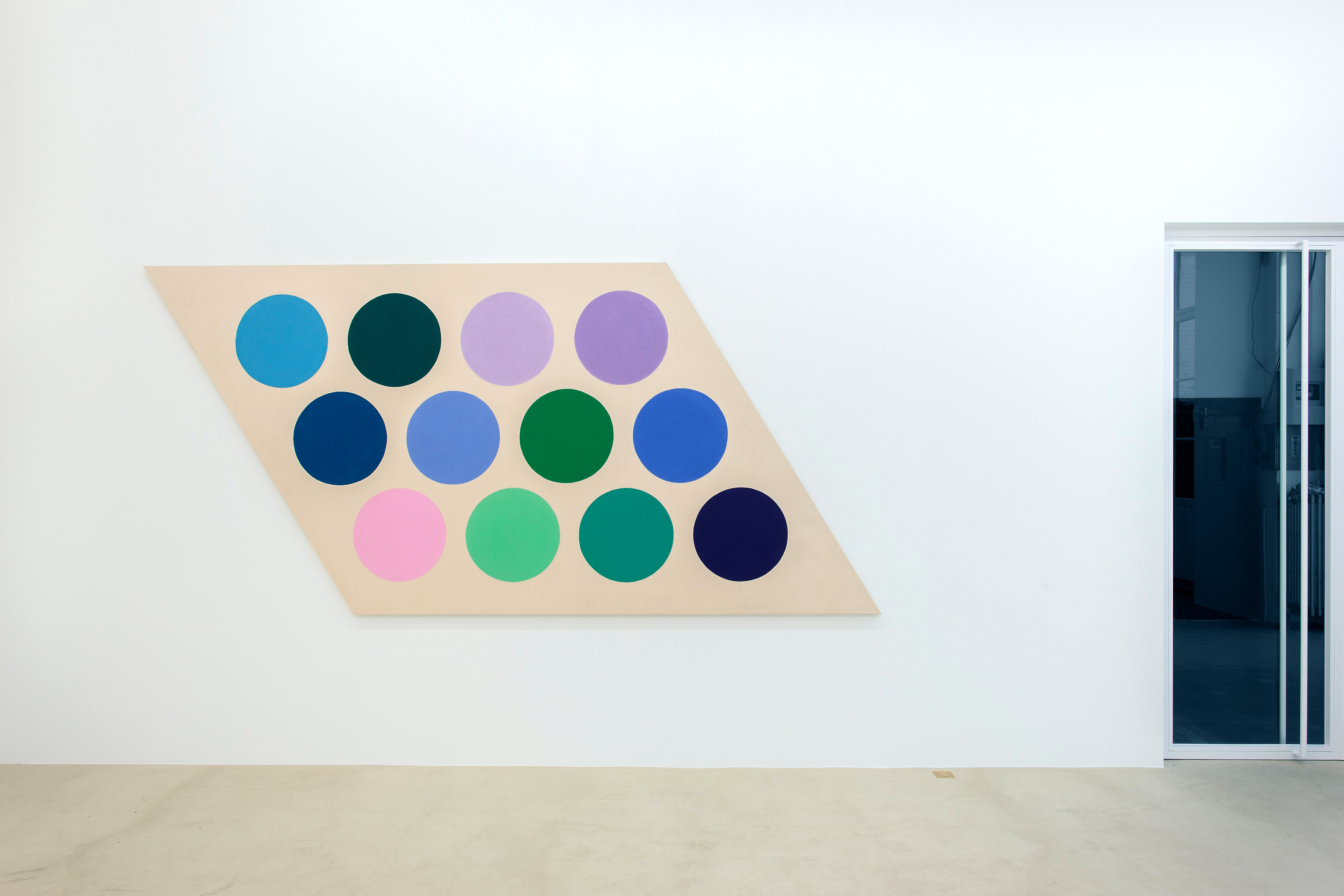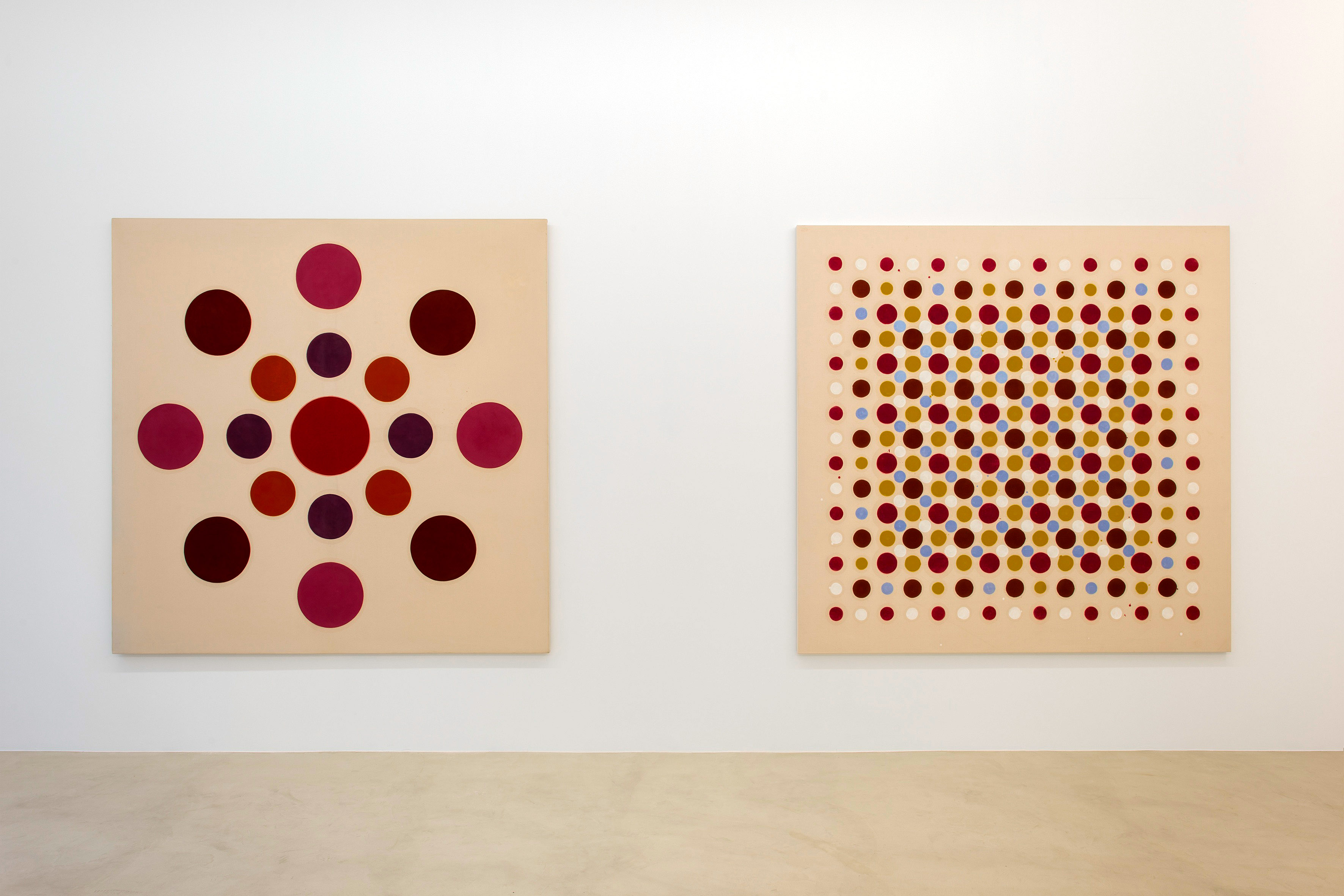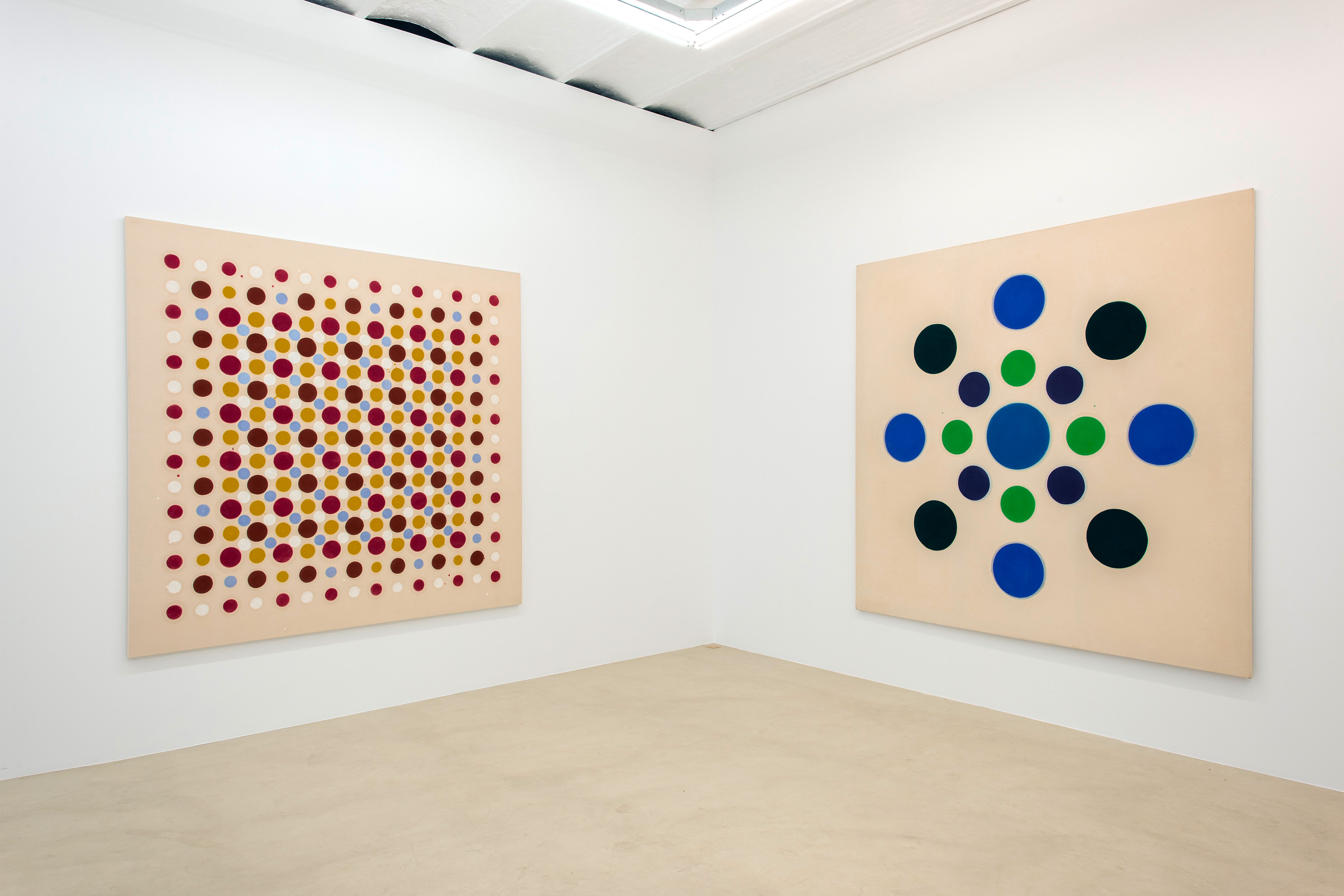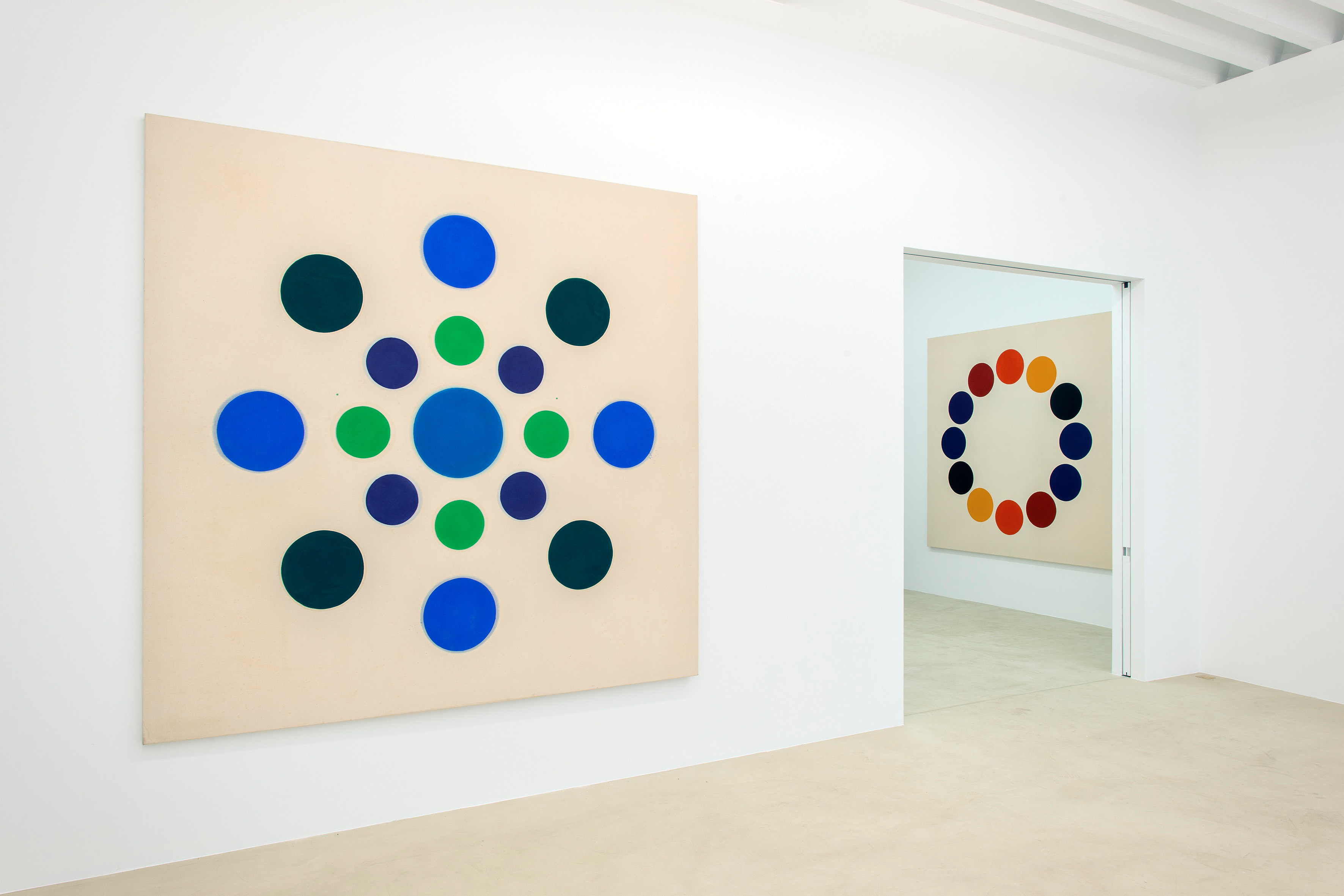
About
Thomas Downing was born in Suffolk, Virginia, in 1928. He graduated from the local high school in 1945, and attended Randolph Macon College from 1945-1948. The following year he saw an exhibition of the New York painting scene at the Virginia Museum of Fine Arts. In particular, de Kooning’s Asheville (1948) made an impression. In 1949, Downing moved to New York to begin the “Foundation Year” at Pratt Institute. During his stay, Downing visited galleries and became aware of such painters as Jackson Pollock, Hans Hofmann, William Baziotes, and Adolph Gottlieb. Dissatisfied with the program, Downing withdrew from Pratt in 1951.
Later that year, army duty intervened, leading to an assignment in a graphic aids section in El Paso, Texas. At the close of his military service, he accepted a teaching job in Prince Georges County, just outside of Washington, D.C. He was impressed by a student show at Catholic University, and with his G.I. benefit, enrolled for a summer course in 1954. Here he met Kenneth Noland, his life-drawing instructor. Downing found a rapport with Noland which came to be a significant turning point in his work.
Downing wrote, “Noland’s appreciation of the mainstream of the new American painting, his understanding and insights into the work of Jackson Pollock, Clyfford Still, Mark Rothko and Barnett Newman provided a new orientation.” He began even more concentrated work, largely experimental as before, which led him to an appreciation of Helen Frankenthaler, Morris Louis, and Barnett Newman. He became a regular visitor at the Noland residence, where they enjoyed long discussions devoted to art. He met Morris Louis occasionally, but had no real contact with him other than seeing the 1955 Washington Workshop show of explosive “thick-and-thin-painting,” which impressed him considerably.
By 1956, Downing had begun to take a place in the community of artists centered around the Washington Workshop Center for the Arts, where he taught and held his first one-person show in 1958. Just then, Noland’s “circle” paintings were exhibited for the first time, which helped Downing to recognize the “expressive potential of pure color—the necessity for a form which was simple and direct to convey it.” The “dot” paintings—see, for example, Untitled (1965)—were a result of this search for a form. “At first it was a matter of preference,” Downing wrote.
“They seemed right for me...the feeling in the actual painting of dots, of a gesture which was rhythmic and constantly oscillating seemed right. And the way a dot would isolate an instant of color and repeat it over a broad field gave to color the equivalent of an electric charge...the surface would pulse and come alive.” He described the use of unprimed canvas as being a part of the painting rather than simply a support for the pigment. “The absorbent surface made for a more sensitive and responsive surface which could take a drenching of paint and still remain fresh and in control...and the open, porous weave of raw canvas kept a light and air in the color no matter how saturated or intense.”
During the 1960s, Downing showed in New York at the Allan Stone Gallery (1962, 1967, and 1968) and at the Stable Gallery (1963 and 1965). His work was also included in many important group exhibitions. Clement Greenberg chose three paintings for inclusion in Post Painterly Abstraction (1964) at the Los Angeles County Museum of Art. Other exhibitions such as The Responsive Eye (1965) at the Museum of Modern Art and Systemic Painting (1966) at the Solomon R. Guggenheim Museum included paintings that highlighted the optical/perceptual aspects of the artist’s work. The Washington Color Painters (1965) at the Washington Gallery of Modern Art and Color Field Painting (1970) at the Philadelphia Museum of Art explored Downing’s connection with Hard Edge Abstrac- tion and the Washington Color School. In 1968, a mid-career survey of the artist’s work, Thomas Downing: 1962-1967, opened at the Phoenix Art Museum; in 1985, The Phillips Collection in Wash- ington, D.C. hosted a small-scale retrospective of the artist’s work.
More recently, Downing has appeared in Lyrical Color: Morris Louis, Gene Davis, Kenneth Noland and the Washington Color School (2007, Phillips Collection) and Optic Nerve: Perceptual Art of the 1960s (2007, Columbus Museum of Art).


